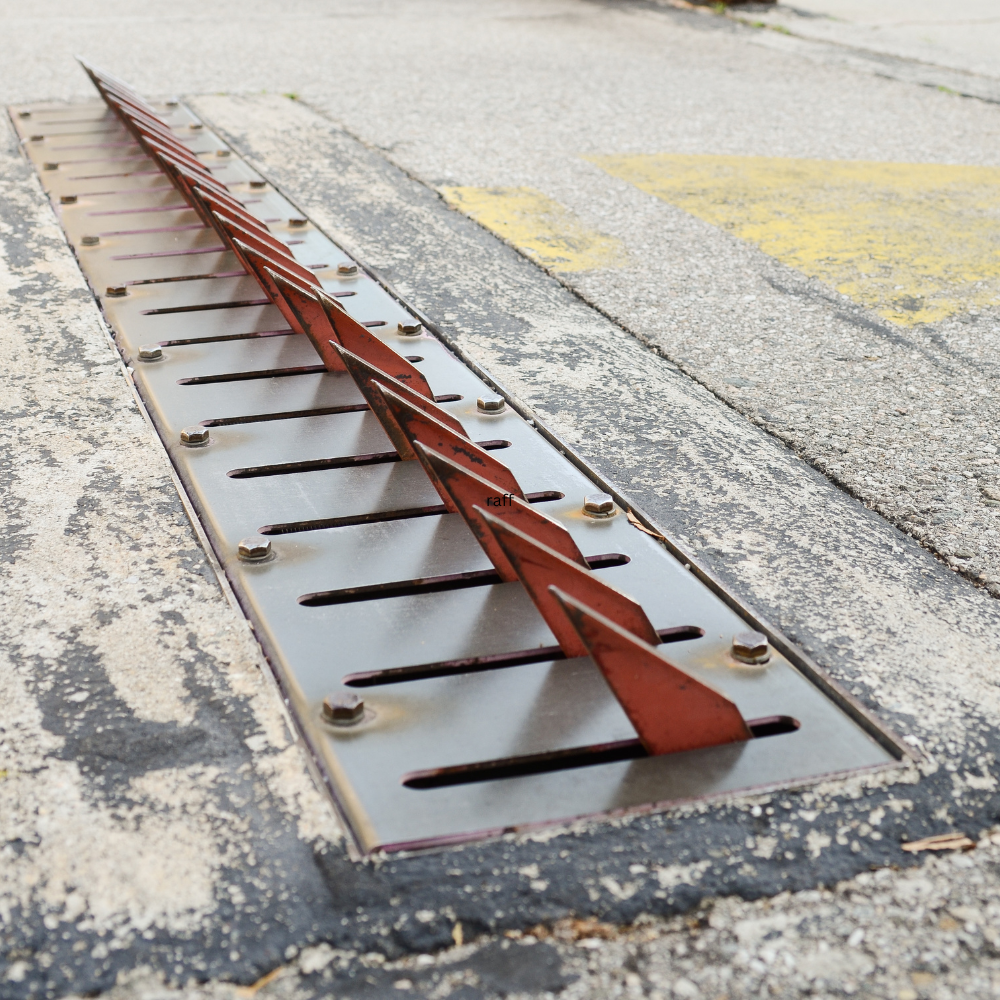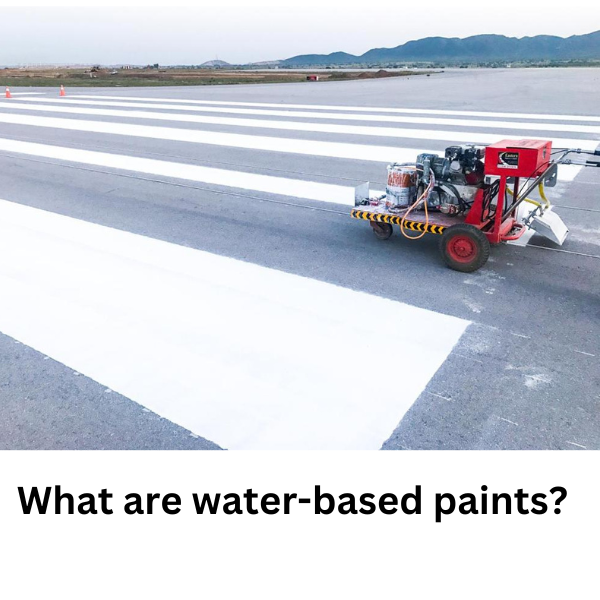Traffic spikes are one of the most useful traffic safety products. The Traffic control spikes manipulate traffic as directed in one way. Don’t confuse them with the spike strips that police use to stop fleeing cars. It allows site visitors to travel on one road at the same time they stop and gain the right of way from the opposite route. These spikes are designed to prevent drivers from entering the right-of-way into a factor where the gate may also be slow to close or where the gate cannot be set up.
When the driver runs over the visitors, they manage to get the spikes off the wrong course, the spikes puncture the tires, causing them to deflate and need to be replaced. When the vehicle runs over the spikes from the perfect path, the spikes sink into the ground and no longer cause any damage.

What to Know About Traffic Spikes?
Traffic control tips are designed for painting in low-speed areas. The speed must not exceed 5 mph over spikes. It is recommended to combine the rapid increase in speed with the jumps of some visitors to ensure that the engines coming close to the shutdown gradually decrease to the best speed. Signage is also recommended to offer drivers information on how to improve the spikes to avoid damage.
Traffic spikes are designed for route manipulation and anti-theft protection, preferably before the very last right-of-way refusal. The spikes can be controlled manually or automatically. In conjunction with the spikes in site visitors, a problem is emerging that causes more accidents due to rapid tire deflation. Hollow spikes will puncture the tire but destroy it far from the strip and motel inside the tire.
The air does not escape suddenly, so it is safer. Ideally, tire spikes motivate drivers to avoid passing and putting the car at a disadvantage. We offer visitors tire tip drivers made for a wide variety of tires, but we actually have a system that is designed to handle commercial and industrial trucks that carry heavier loads.
What Industries Use Traffic Control Spikes?
Peak times work for every high and casual security program. They are usually part of an overall system that may include barrier gates, signage, and access management structures. You can also see how visitors handle the top picks in these industries:
- Parking garages or plenty of parking spaces
- Private groups and apartment complexes
- Airport or municipal parking
- Businesses that want specialized security solutions
- Government workplace
- Military bases and ports
Challenges with Traffic Spikes
Traffic spikes can be a challenge in high-traffic areas, especially during:
- Rush hours: Morning and evening commutes often lead to heavy traffic.
- Special events: Concerts, sports events, or trade shows can cause temporary spikes in traffic.
- Seasonal changes: Holidays and tourist seasons, as well as weather, can influence traffic patterns.
- Accidents or road closures: When accidents occur or roads are closed, alternative routes may become congested.
- Economic changes: New businesses or shifts in shopping trends can also cause traffic spikes.
How to control fluctuations
To control these fluctuations, the site visitor government often uses tools such as:
- Traffic forecasting models: These models help predict and prepare for busy intervals based solely on old data and current situations.
- Dynamic Traffic Management Systems: These structures can adjust traffic signals and offer real-time updates to drivers to help ease traffic congestion.
- Public transport options: Encouraging the use of public transport can help reduce the range of vehicles on the road during peak hours.
- Traffic apps and navigation systems: Apps can offer up-to-date traffic records and advise business routes to avoid traffic jams.
Traffic Control Systems That Work
Traffic handling spikes are most effective when mixed with various parts of a security system that has been designed to your specifications and desires. You shouldn’t expect rush hour to work in areas where cars are moving faster than 5 mph. Installing recognizable safety devices that control traffic promotes a stable and safe environment, even while allowing public access.
To conclude, traffic control spikes are an effective solution for managing one-way traffic and enhancing security in low-speed areas. When properly installed and combined with other traffic management systems, such as speed bumps and clear signage, they help prevent unauthorized access and maintain a controlled flow of vehicles. Overall, traffic spikes provide a reliable and safe option for regulating vehicle access in various industries.









